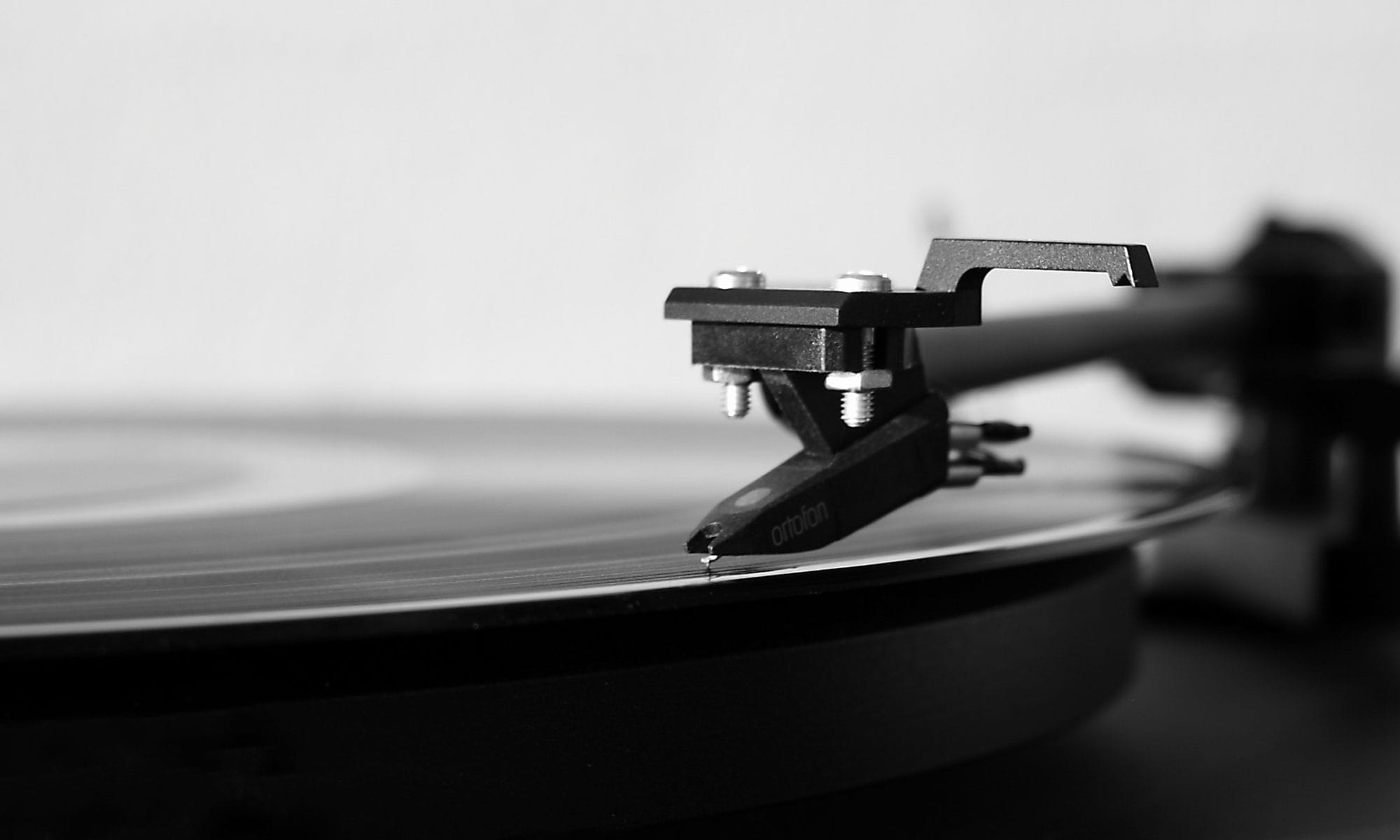The resurgence in vinyl has caused a lot of my friends to buy record players in the past year. I’ve owned various turntables over the last 20 years and these friends usually text me whenever they don’t know how to fix their record player that sounds slow.
I normally give them 5 reasons why their turntable sounds bad, but often, the turntable platter itself isn’t moving at the proper speed which causes the music to sound slow. In this article I will give you the main reasons your turntable or record player might sound slow.

Why does my turntable or record player sound slow?
There are two common reasons why your turntable or record player is playing or sounds slow: either the belt is broken or stretched out or the 33 and 45 rpm controls are dirty and need to be cleaned. Let’s discuss how to address each issue in more depth below.
Check Your Turntable Belt
I’ve owned a lot of turntables and belt driven models almost always slow down due to a bad belt. Below is how you can tell if you have a belt driven model.
Turntables are either a belt drive or direct drive model. What’s the difference? It’s pretty easy, turntables that require a belt to turn the platter are called belt drive while a direct drive turntable uses a motor to turn the platter.
The easy way to figure out if your model is belt or direct drive is to lift the platter and see if there is a belt underneath. Even easier would be to search your turntable model online and it will tell you if the turntable is belt or direct drive.
Outside of the modern Audio Technica AT-LP120 models, I find most direct drive turntables are vintage models and usually have the words direct drive or fully automatic printed on them. If you’d like to read more about direct drive turntables, check out my articles about the Pioneer PL-518 and a JVC turntable I purchased while on vacation last year.
So, what’s wrong with the belt?
Most of the speed problems with turntables come from a broken or loose belt. Honestly, I rarely encounter a broken belt, mostly the belt has stretched with use or age and is no longer turning the platter at the proper speed. (Some vintage turntables I’ve pulled out of garages or storage sheds have the belt melted to the platter which is not fun but something you will not likely encounter.)
The easy fix is to order a new belt and replace the old one. If you’ve never replaced a turntable belt before, don’t worry, it’s fairly easy and the below video is a good step by step guide on how to do it.
Dirty Speed Controls Are Slowing Down Your Record Player
The second reason for a turntable slowing down is more likely to happen on a vintage turntable. Perhaps your parents (or grandparents!) gave you their old turntable they pulled out of the attic where it has been collecting dust for many years. That dust can get inside the 33 1/3 and 45 RPM speed control buttons on the turntable and cause the platter to spin either too fast or too slow.
Whenever I restore a vintage turntable, I always make sure to clean the control switches. This process involves flipping the turntable over and removing screws on the bottom to access the controls. Once the bottom is removed, you can spray contact cleaner (Deoxit is our favorite) into the pots and then push the buttons in and out multiple times to allow the Deoxit to clean the switch. If you have an adjustable speed switch on your turntable, just adjust the switch back and forth after spraying Deoxit inside and that should clean it out as well.
This process might sound daunting but it’s not that complicated. I learned this method by watching the video below:
Again, if you have a Crosley, Victrola or Audio Technica AT-LP60 model turntable, your speed issue will most likely be the belt. But if you stumble on a great vintage turntable and are having speed issues, be sure to try this cleaning method first!
I love repairing old turntables and listening to my record collection on various models to hear how they differ in sound. After working on many turntables over the years, those with speed problems always had one of these two issues: a bad belt or dirty speed controls. I believe following these two steps will get your turntable playing properly and get you back to enjoying your record collection.
Before you go…
If you enjoyed this article, please sign up on my mailing list below where you will receive 15% off in my Etsy Store where I sell shirts designed for analog music lovers.
Also, please consider subscribing to my YouTube Channel for gear reviews, audio advice and lots of vinyl record purchases!


One Reply to “How To Repair a Turntable or Record Player That Sounds Slow”
Comments are closed.